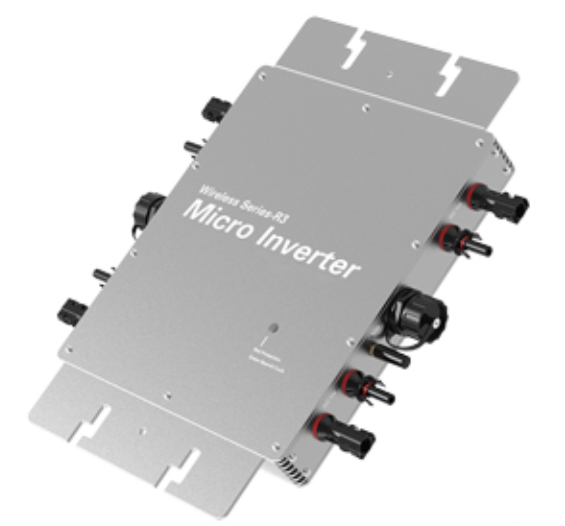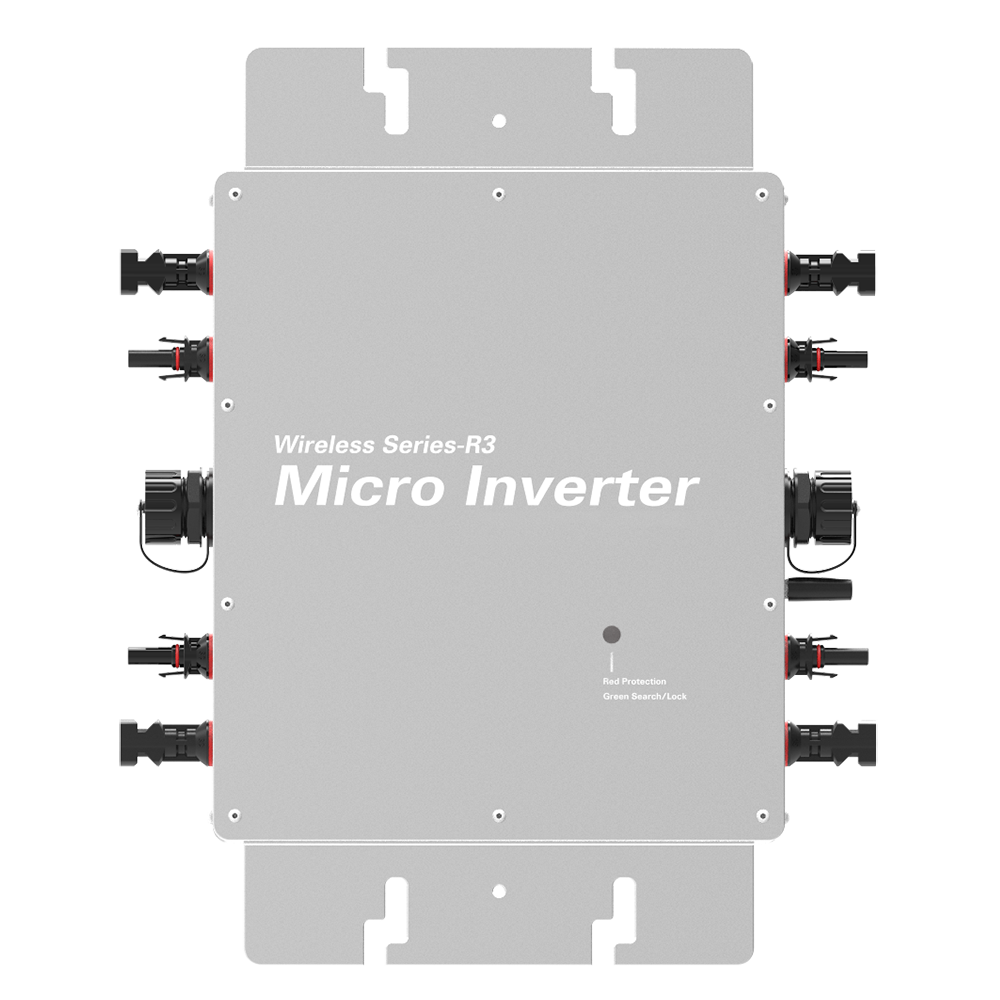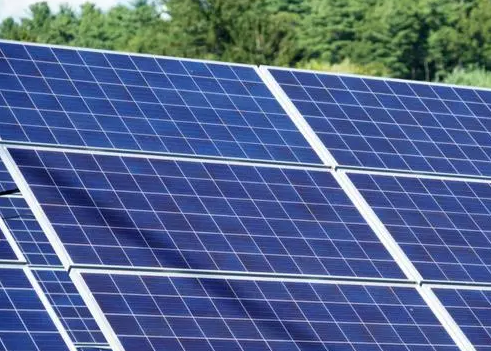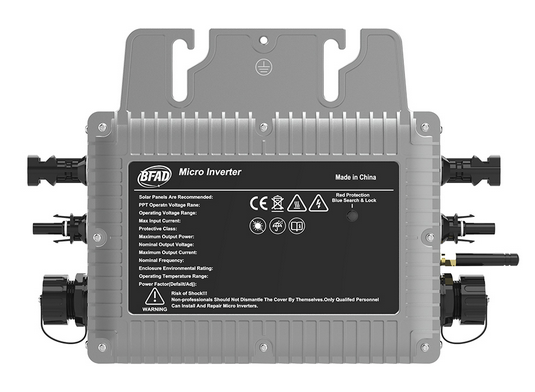Solar panels and micro-inverters are important components of solar power generation systems. Solar panels are responsible for converting sunlight into direct current, while micro-inverters are responsible for converting direct current into alternating current for home or commercial electricity.
Connecting the solar panels to the microinverters requires following the correct steps to ensure that the system is functioning properly and maximising its performance. First, the positive and negative electrodes of the solar panel are connected to the DC input terminals of the micro inverter respectively. In this way, the solar panels can deliver direct current to the micro inverter.
Next, connect the AC output terminal of the micro inverter to the home circuit or the power grid. In this way, the micro inverter is able to convert direct current into alternating current and deliver it to the circuit. At the same time, it is necessary to ensure that all joints are firm and reliable during the connection process to avoid safety problems such as circuit disconnection or fire.

In addition, it is necessary to pay attention to the voltage and power matching of solar panels and micro-inverters. Ensure that the voltage range of the solar panel is within the input voltage range of the micro inverter, and the rated power of the micro inverter is greater than the output power of the solar panel to ensure the normal operation of the system and avoid overload.
In general, connecting solar panels and micro-inverters is a critical step in solar power generation systems. Proper connection can ensure the normal operation of the system, improve the efficiency of power generation, and also ensure the safety of the system. Therefore, it is necessary to pay attention to details in the connection process to ensure that the operation is correct and the guidance and inspection of professionals.



